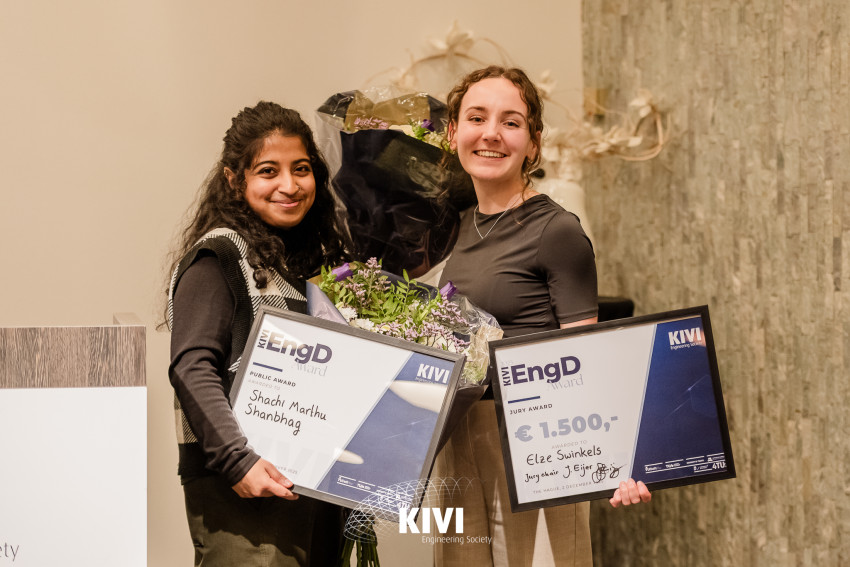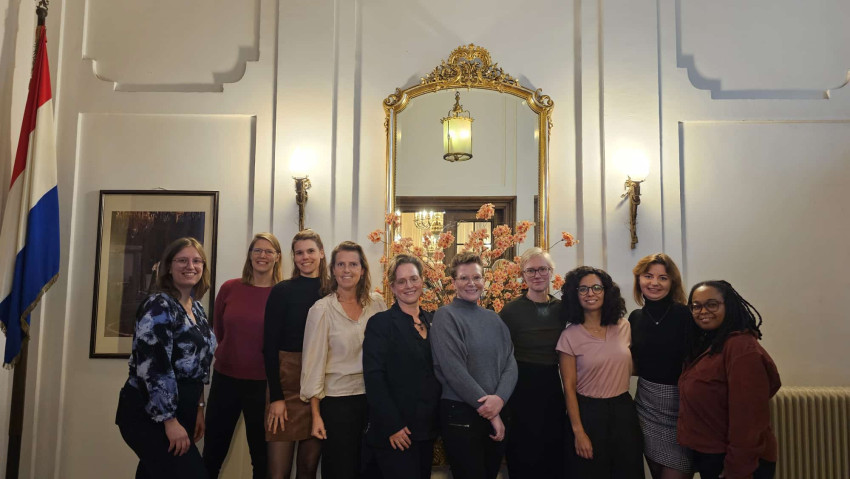
360 degree Radar making it suitable for safety applications where people and robots work together. A high-frequency radar scanner that can monitor its environment in a 360-degree radius is developed by the researchers at the Fraunhofer Institute for Applied Solid State Physics (IAF). Fraunhofer researchers have developed a compact modular 360-degree radar scanner that overcomes obstacles faced by optical sensors. Currently, laser scanners are used to monitor the danger zone around machinery and to stop the machine as soon as a person enters the area. Because, optical sensors do not always achieve reliable results under changing light conditions. They also do not operate well if smoke, dust or fog limits visibility.
The trend is toward industrial robots that operate without protective barriers. A prerequisite for this level of co-working is that people must not be endangered at anytime.
Increasing connectivity of production systems in “smart” industry 4.0 operations is driving the interaction between people and machines.
The radar works with millimeter waves that are reflected by the objects to be observed, such as people. Transmitted and received signals are processed and evaluated using numerical algorithms. Based on the calculations, it is possible to determine the distance, position and speed of the objects. If several radar units are used, an object’s location in the room can be determined, as can the direction in which it is moving.
The laser scanner can reliably measure the distance and the position of a target—a person, for instance—only if the target is working in an unobstructed line of sight. However, IAF’s 360-degree radar can penetrate optically opaque material, which means it can identify an employee even if there are boxes, cardboard walls or other obstacles in the way.
Previously developed millimeter wave radar systems—based on waveguides—are bulky and expensive. IAF’s scanner has a diameter of only 20 cm and a height of 70 cm. The high-frequency module, which relies on indium gallium arsenide semiconductor technology, is no larger than a deck of cards and is located in the base of the scanner.
In addition to the signal processor, the complete system comprises a transmitting and receiving antenna with a dielectric lens. A self-turning mirror affixed at a 45-degree angle deflects the millimeter waves, guides them and evaluates the entire room. Thanks to the use of a dielectric antenna, the angle of aperture can be freely selected so that nearby objects as small as a centimeter in size can be detected as easily as large surfaces that are far away. The system‘s range of operation is dependent on the application and can be up to several hundred meters.
To read here the complete Robotic article of 360 IEEE
Also on the Hannover Messe in april 2016 mentioned research news: Safer human-robot collaboration with 360 degree Radar with vison as "Millimeter waves penetrate cardboard".


